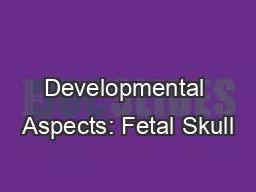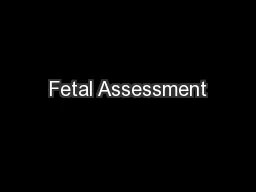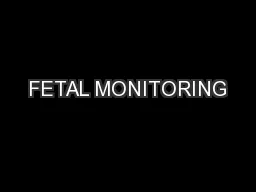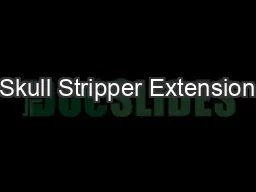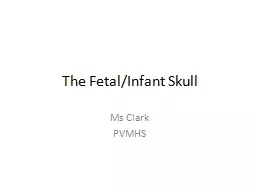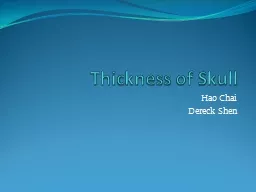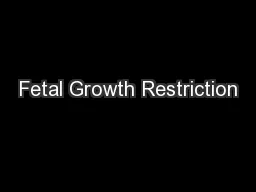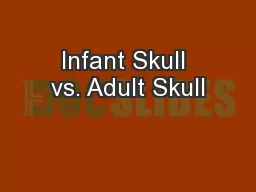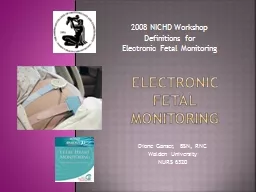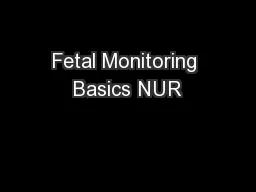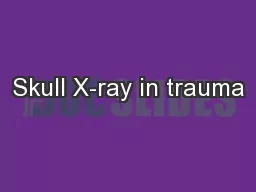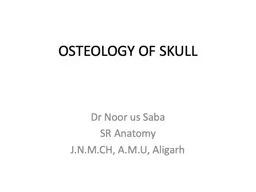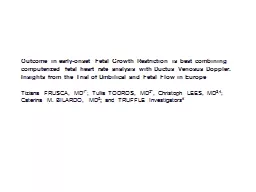PPT-Developmental Aspects: Fetal Skull
Author : accouther | Published Date : 2020-06-15
Infant skull has more bones than the adult skull Skull bones such as the mandible and frontal bones are unfused At birth skull bones are connected by fontanelles
Presentation Embed Code
Download Presentation
Download Presentation The PPT/PDF document "Developmental Aspects: Fetal Skull" is the property of its rightful owner. Permission is granted to download and print the materials on this website for personal, non-commercial use only, and to display it on your personal computer provided you do not modify the materials and that you retain all copyright notices contained in the materials. By downloading content from our website, you accept the terms of this agreement.
Developmental Aspects: Fetal Skull: Transcript
Download Rules Of Document
"Developmental Aspects: Fetal Skull"The content belongs to its owner. You may download and print it for personal use, without modification, and keep all copyright notices. By downloading, you agree to these terms.
Related Documents

